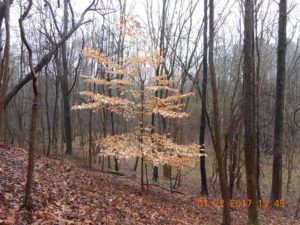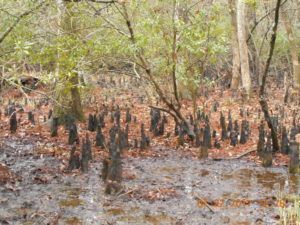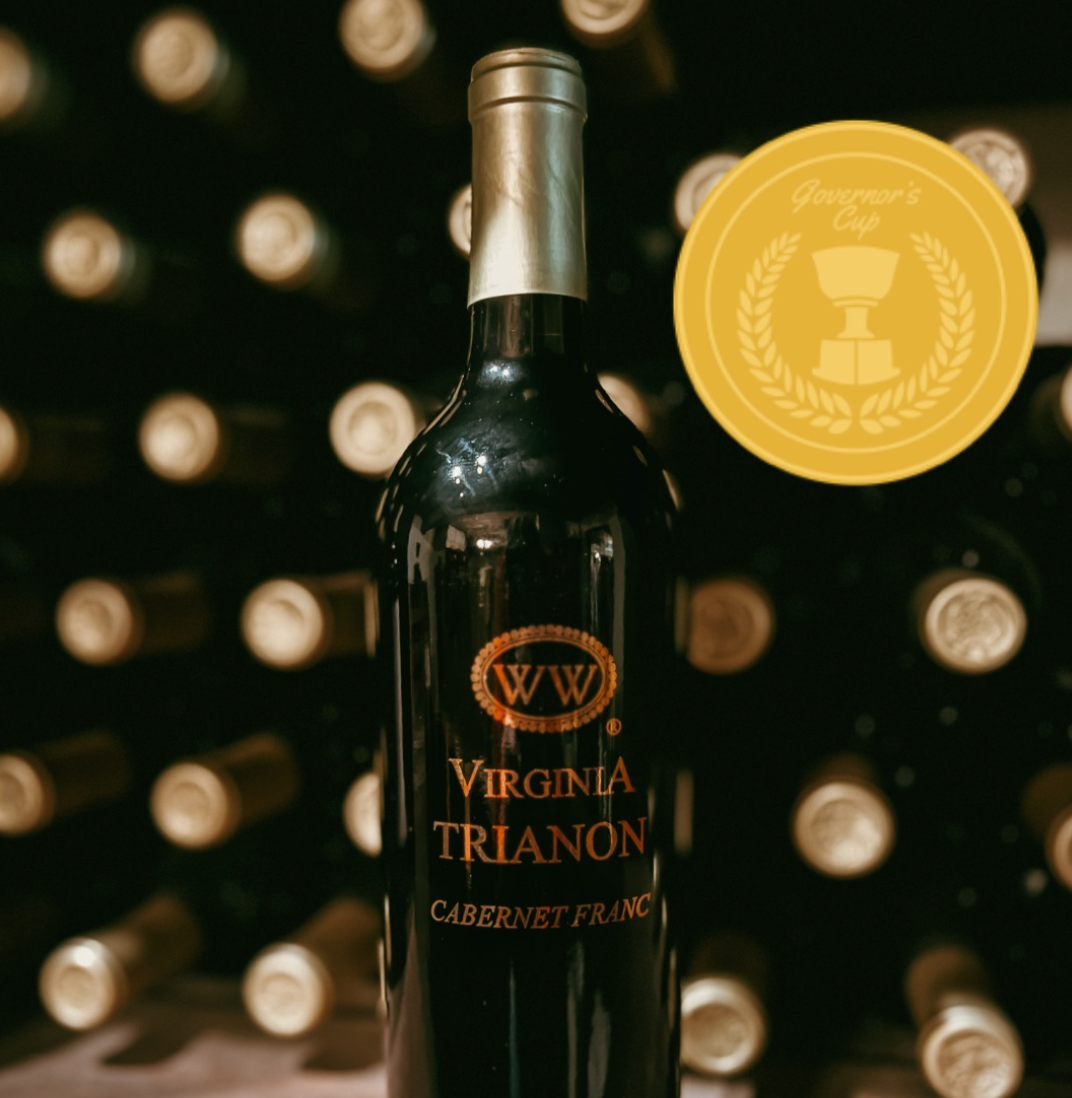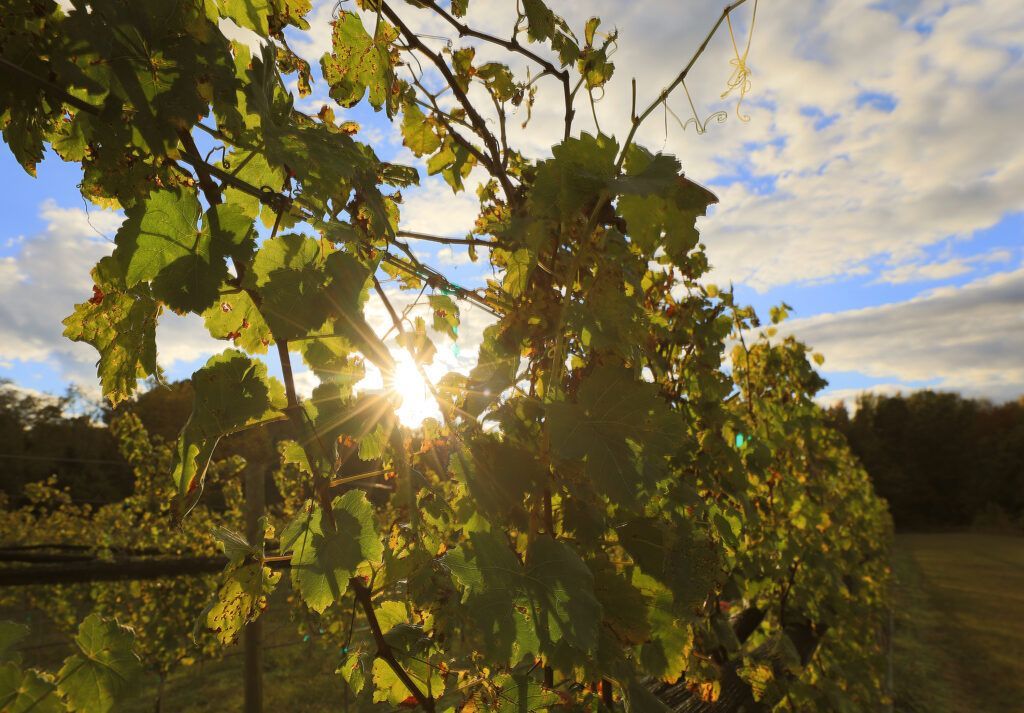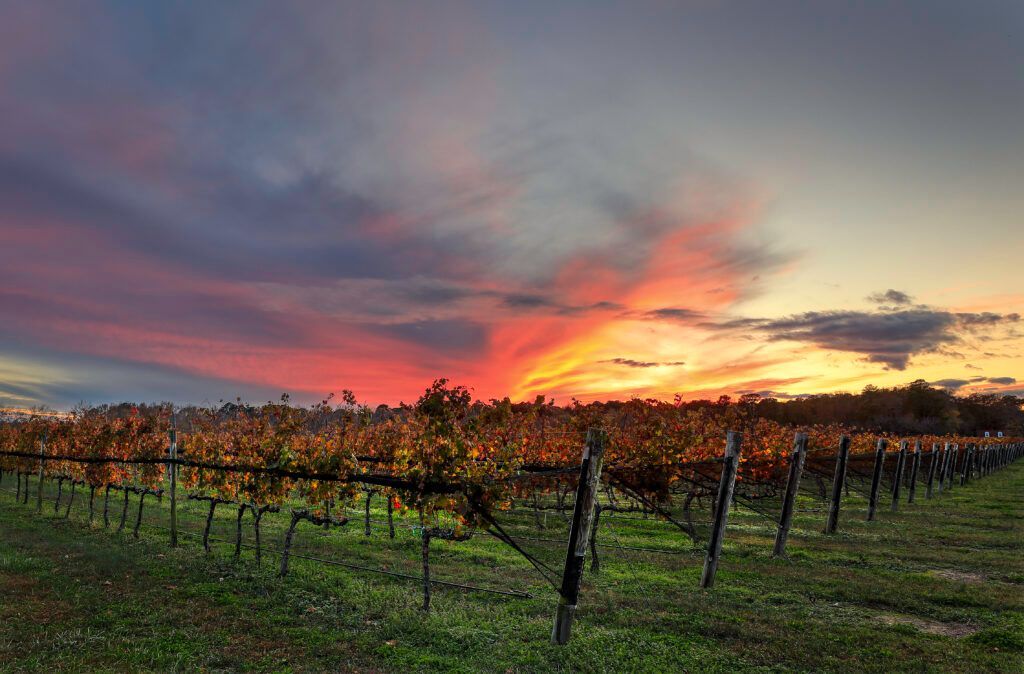One of the lesser-known aspects of the Wessex Hundred Farm
When we think of the Williamsburg Winery in the center of the farm, we think automatically of vines, grape harvest, wine, tasting, and pleasure also.
There is, however, another aspect that we know less of, not the least dear to Patrick Duffeler’s heart and spirit. It is his “Black Forest”. He wanted it to reflect the image of the forest situated in the Southwest of Germany. A forest of pines and oaks, which has been expanded with more than 50,000 trees over the years, on a surface of approximately 75 acres.
His devotion to the respect of the project has lasted since he and his family settled on this piece of land in Virginia at the beginning of ’80.
From the beginning of Winter, and up to the first heat of Summer, the ritual begins. Patrick dresses in his military fatigues, a pair of boots, a military helmet, and a pair of thick gloves. All of this is in order to better melt into the universe of his woods. At the same time, he carries a small pair of clippers in a holster attached to his belt, an ax and heavy-duty clippers.
As we know, there are allegedly some 100,000 species of trees in the world. A tree grows, lives and populates the forests with its brothers. It contributes to the functioning terrestrial ecology, with its capacity to store the carbon dioxide; it takes an active part in the cycle of the water; and, it reduces the presence of pollutant gases in the air, etc. Its importance is crucial to all human beings when it renders oxygen and responds to one of our vital needs: the oxygenation of our entire body by respiration.
As the pines have now lost their needles, there is light on the trail for green grass to grow.
To own a forest, to watch it grow, is not enough. It must be accompanied and maintained because trees are subject to invasion of parasites which slow their growth or even, sometimes, kill them. In response to that threat and to ensure their proper development, we need to eliminate these parasites (honeysuckle, wild grapevines, etc.) with appropriate tools in order to give trees the capacity to live and to defend themselves when facing many potential enemies.
The work needed is to go from tree to tree, cut the parasites which take root at the base of trees and make their path to the light by borrowing the tree trunk, by generally climbing around it and strangling it. Some trees, forgotten of human attention during a number of years, once free, show the stigma of a devastating strangulation.
It is needless to expand on the fact that it represents a lot of work. It is also a passion without flaws, and the enormous satisfaction of having contributed to help trees in their large role for the environment and the well-being for all human beings.
In the next blog, Patrick will speak more broadly of his passion for trees which led one of his relatives to say: “Patrick probably calls each of his trees by name.”
If you like beautiful stories about men, nature and trees, please visit “The Man Who Planted Trees”, a novel written by Jean Giono in 1953. Jean Giono is a French writer born in Manosque, Provence, who died in 1970. Most of his works deal with the Provençal peasant world.
Françoise C. Duffeler

